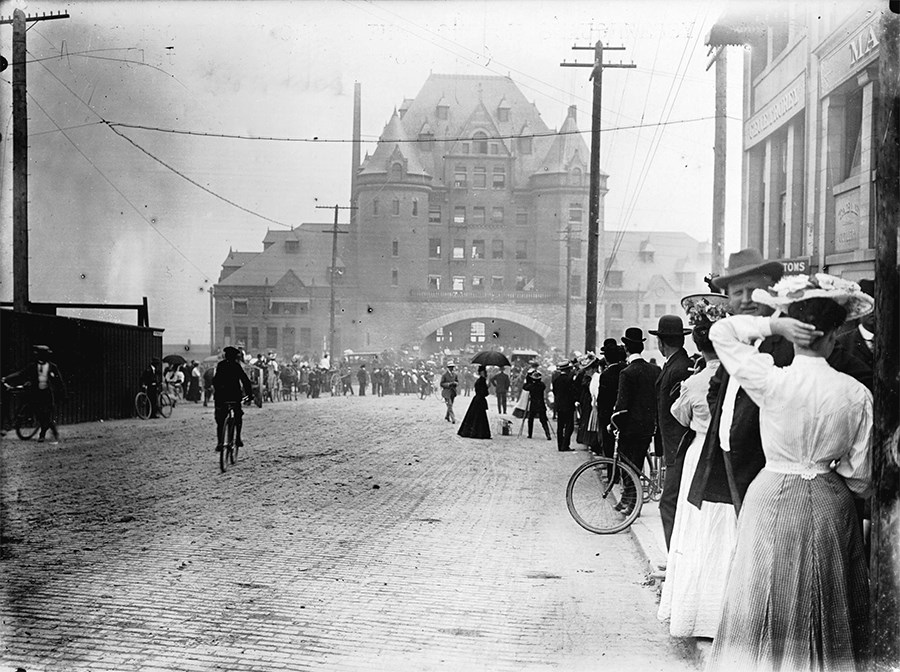For as long as Vancouver has been incorporated, people have been inclined to line up for one thing or another.
The 1980s saw people beginning to line up for generous portions of Greek food at Stepho's on Davie, the 1990s saw people lining up to put down a deposit on then-cheap condos, the 2000s saw brunch lineups start to take off, and the 2010s saw people waiting together to get their hands on the latest iPhone.
This month it's vaccination pop-ups in the suburbs.
Long before all of that, the C.P.R. had people lining up on both sides of the street to purchase property in Shaughnessy, a neighbourhood that didn't yet exist.
The Shaughnessy Heights development (profiled in an in-depth piece by John Mackie for the Sun) was touted as "The [future] Nob Hill of Vancouver" in an April 26, 1907 ad in the Vancouver Daily World newspaper.
Empty lots were offered up for sale, marketed as being "either good for the investor or the speculator," and you could pick up three of them for a total of $3,700 . The promise was that if you didn't want to build on them, you'd be able to sell them back in three months, and get a $600 return on your investment.
And there was a lower price for lots in the area at the time; opportunists scooped up land "very close" to the development, one marketing theirs in newspaper advertisements as being for "Mr. Man of Modest Means".
The ads were meant to appeal to those wanting to be slightly removed from what was then a heavily industrialized False Creek, proclaiming that "This property commands a grand view of the whole city and bay. The air is pure. You are away from the fog and smoke."
The price tag on these fogless lots for the man of modest means? $375. You could pay $100 in cash up front and the rest in installments over 1 and 1/2 years.
And, unlike your iPhone, the lots wouldn't become obsolete in two years time.



